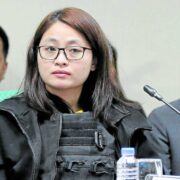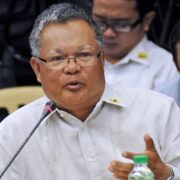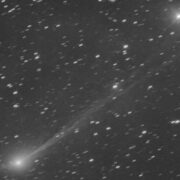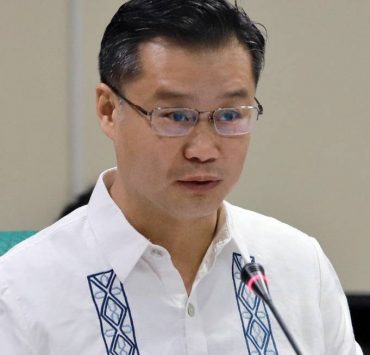‘Her Deepness’ dives into Verde Island Passage
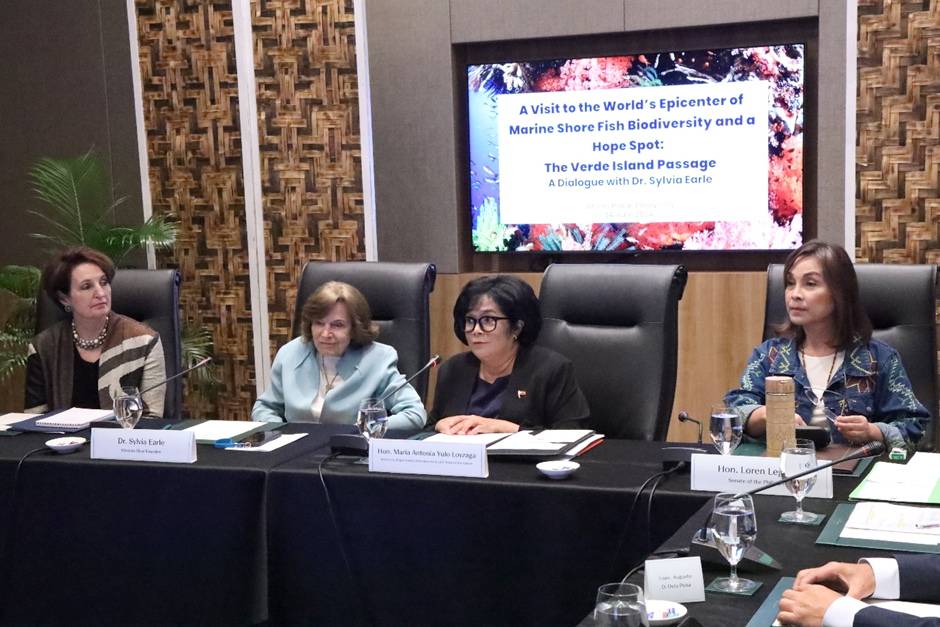
American oceanographer Sylvia Earle took her first dive late last month into the turquoise waters of the Philippines’ Verde Island Passage (VIP)—a strait tagged as the “center of the world’s marine shore fish biodiversity.”
The renowned marine scientist arrived in the country on the invitation of Environment Secretary Maria Antonia Yulo Loyzaga in late June, coinciding with Philippine Environment Month.
The 88-year-old Earle, whom the New Yorker described as “perhaps the world’s best-known woman marine scientist, visited Mabini town in Batangas on June 26 for an underwater expedition into VIP, together with Maximiliano Bello, policy adviser of Mission Blue Global Ocean, a global coalition dedicated to ocean conservation.
They were accompanied by a dive team sent by the Department of Environment and Natural Resources (DENR) and other Filipino divers and marine scientists and experts, including University of the Philippines-Marine Science Institute executive director Laura David and De La Salle University professor Al Licuanan.
Earle described the passage as a “unique global treasure,” emphasizing its “profound historical significance and exceptional biodiversity.”

(L-R): U.S. Ambassador to the Philippines MaryKay Carlson, Mission Blue founder and renowned oceanographer Dr. Sylvia Earle, Environment Secretary Maria Antonia Yulo Loyzaga, and Philippine Senator Loren Legarda head discussions on the conservation of the Verde Island Passage and the country痴 rich marine biodiversity in a meeting in Pasay City on June 24, 2024. –Department of Environment and Natural Resources
‘Our lives depend on it’
“Whether it’s industry, education, science, government, whatever the powers that are represented, we need to come together to take care of nature, take care of the ocean, as if our lives depend on it, because they do,” Earle said during a meeting with government officials, scientists and corporate stakeholders on June 24.
“[We’re] at a point in time when what we do or what we fail to do will determine what the next 50 or 500 or 5,000 years will be,” she said.
Earle is famous for multiple pioneering undersea expeditions that have taken her from Galapagos Islands to the Bahamas and China.
But it was on Sept. 19, 1979, when she earned her moniker “Her Deepness” by setting the world record for untethered diving, descending 381 meters beneath the surface of the Pacific Ocean. She was 44 at the time.
Earle, the National Geographic Explorer in Residence, was also the first woman to lead the US National Oceanographic and Atmospheric Administration.
According to the National Geographic Society, Earle “has dived in all five of the world’s oceans, and plays a leading role in establishing marine protected areas as ‘hope spots’ around the world.”
At the meeting with officials, she “discussed the importance of integrating biodiversity conservation with climate action, and the indispensable role of the ocean in achieving global climate goals,” the DENR said.
She also emphasized that “one cannot care for the ocean if one does not know it.”
‘Large ocean nation’
Loyzaga echoed Earle’s sentiments, underscoring the ocean’s crucial role in achieving global climate goals and the importance of “science-based and equitable measures, such as the creation of marine protected areas.”
In the case of the Philippines, the DENR chief said it may appear small geographically, but “it is in fact, a large ocean nation.”
VIP is a strait located at the southern tip of Luzon, bordered by Batangas, Marinduque, Romblon, and Oriental and Occidental Mindoro provinces. It houses over 60 percent of known shore fish species and 338 coral species, with eight considered rare.
The passage is also renowned for its mangrove forests and seagrass beds, which are part of blue carbon ecosystems, contributing about 10 percent of the Philippines’ national carbon stock, according to the DENR.




